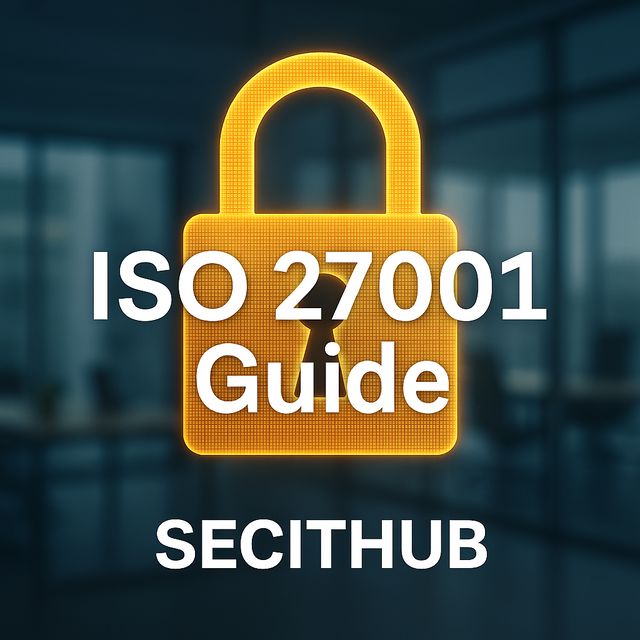In today’s cyber threat landscape, organizations must implement robust Security Operations Center (SOC) services to protect against advanced persistent threats (APTs), ransomware, insider threats, and zero-day vulnerabilities. However, choosing the right SOC provider is a complex process that requires careful evaluation of capabilities, response times, scalability, and cost-effectiveness.
A well-implemented SOC acts as the nerve center of an organization’s cybersecurity, providing real-time threat detection, incident response, and continuous monitoring. This article explores how organizations can evaluate and select the best SOC service provider, ensuring that security aligns with business objectives, compliance requirements, and industry best practices.
Key Considerations When Selecting a SOC Provider
Choosing the best SOC service provider requires a strategic approach that considers security maturity, technological needs, regulatory requirements, and budget constraints. Here’s what organizations must evaluate:
Define Business Needs and Security Objectives
Before engaging with a SOC provider, organizations must clearly define their security goals and business needs. This includes:
- Understanding the current threat landscape relevant to their industry (e.g., healthcare, finance, manufacturing).
- Identifying critical assets, applications, and data that require protection.
- Assessing internal security capabilities and determining whether an in-house SOC or outsourced SOC (MSSP/MDR) is the right fit.
- Setting expectations for incident response times, reporting, and compliance adherence.
A customized SOC strategy ensures that organizations choose a service provider aligned with their operational and security requirements.
Evaluate Service Models: In-House SOC vs. Managed SOC (MSSP/MDR)
Organizations must decide between:
In-House SOC
- Requires significant investment in technology, staff, and infrastructure.
- Provides full control over security operations but demands a dedicated cybersecurity team.
- Best suited for large enterprises with mature security operations.
Managed SOC (MSSP/MDR)
- Offered by third-party security providers that manage threat monitoring, analysis, and incident response.
- Reduces operational costs and provides 24/7 security monitoring.
- Best for organizations without dedicated cybersecurity teams or with limited resources.
Some SOC providers also offer co-managed SOC models, allowing organizations to retain some control while leveraging external expertise.
Assess Key SOC Capabilities and Technologies
A high-quality SOC provider must have cutting-edge tools and technologies to handle modern cybersecurity threats. Key capabilities include:
- Threat Intelligence & Analytics: Proactive threat-hunting with AI-driven analytics and machine learning.
- 24/7 Security Monitoring: Real-time network and endpoint visibility to detect threats across cloud, on-premises, and hybrid environments.
- Incident Response & Remediation: Automated incident response using Security Orchestration, Automation, and Response (SOAR) platforms.
- Threat Detection and Forensics: Deep log analysis, threat correlation, and forensic investigation to understand attack vectors.
- Compliance & Regulatory Adherence: Ensure alignment with GDPR, HIPAA, PCI-DSS, ISO 27001, and NIST security frameworks.
- Integration with Existing Security Tools: Seamless connectivity with SIEM, XDR, EDR, and firewalls.
Organizations must ensure the SOC provider aligns with their existing security architecture and provides customized threat detection tailored to their industry.
Compare Costs, SLAs, and Response Times
Pricing and Service-Level Agreements (SLAs) play a crucial role in choosing a SOC provider. Factors to evaluate include:
- Cost Structure: Compare subscription-based vs. usage-based pricing models and ensure transparency in costs.
- Response Time Guarantees: Look for SLAs that promise rapid detection and response (e.g., MDR providers typically commit to 15–30 minute detection and response times).
- Scalability & Flexibility: Ensure the SOC provider can scale with business growth and adapt to new threats.
- Security Staff & Expertise: Assess the experience and credentials of the SOC analysts, threat hunters, and incident responders.
Selecting the best SOC provider requires a deep understanding of business security needs, technology stack compatibility, and budget considerations. Organizations must evaluate whether an in-house, managed, or co-managed SOC solution best aligns with their risk tolerance, compliance requirements, and cybersecurity maturity.
A robust SOC investment enhances threat detection, accelerates incident response, and strengthens an organization’s cybersecurity resilience. The right provider should offer continuous monitoring, proactive threat intelligence, and automated incident response to mitigate security risks effectively.
By making an informed choice, companies can protect critical assets, ensure compliance, and stay ahead of emerging cyber threats in an evolving digital landscape.


